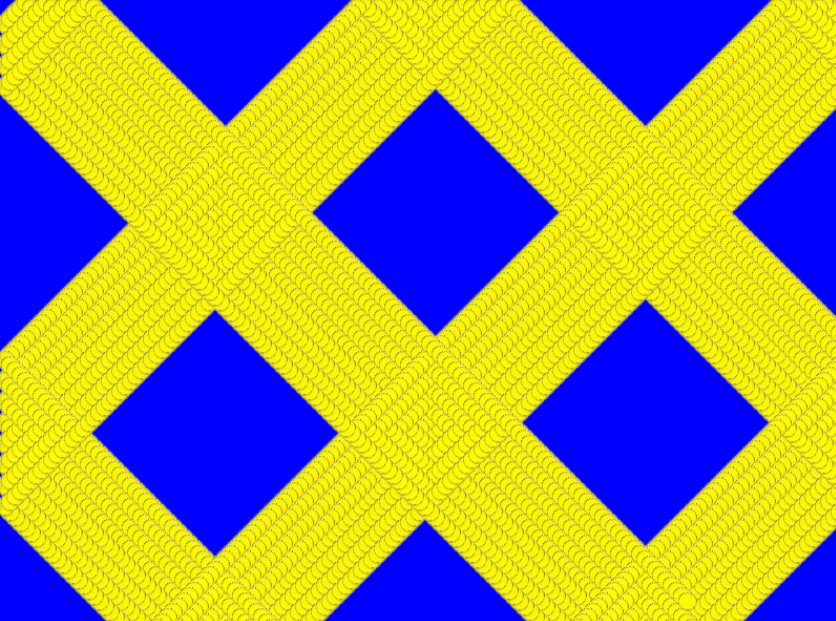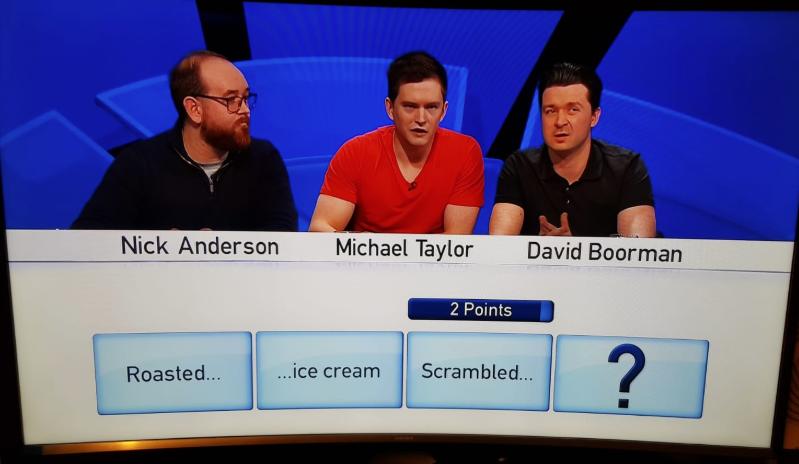Heltec Cube Wrestling
/A while back I ordered a Heltec Cube Cell device. It’s a very low Arduino compatible device with LoRa built in. I thought it might make a fine platform for an environmental sensor.
Today I got around to having a play with it. The LoRa support is built in to the device, which means no need for any LMIC libraries (which I use with the Semtech devices). In theory you can send AT commands to the device to configure LoRa and set things up. I say “in theory” because I couldn’t get it to work.
However, it turns out that you can also configure LoRa by using a file called commissioning.h which is deep in the innards of the CubeCell hardware libraries. By modifying this and using a rather useful howto I found here I got the device happily sending messages to the Things Network. Tomorrow I’m going to investigate low power mode.























